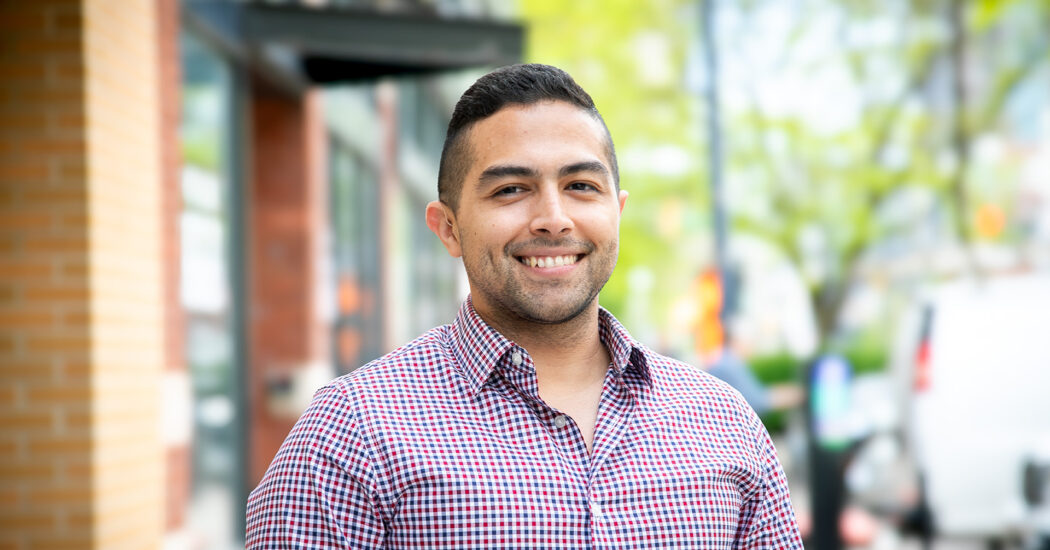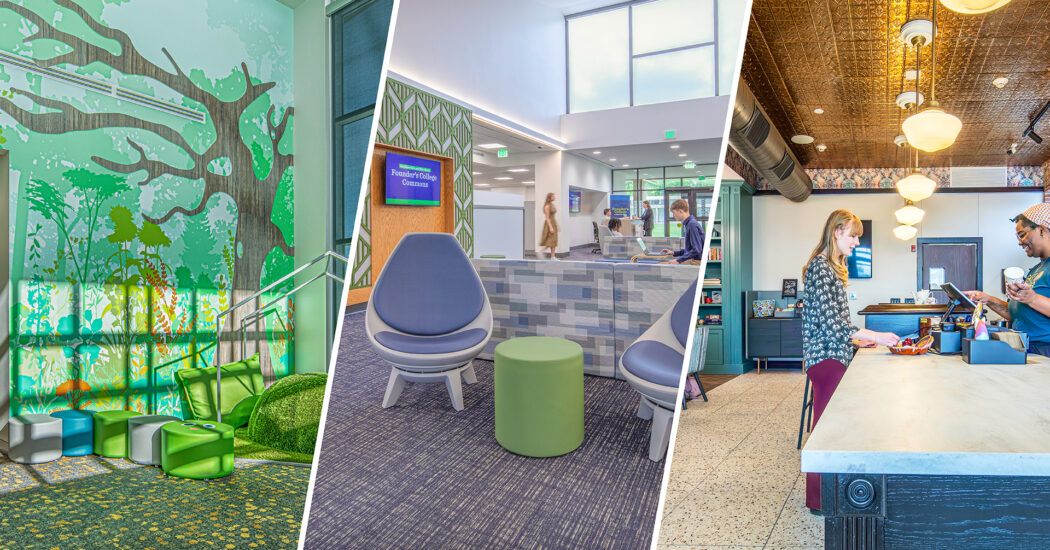Designing Facilities for Wraparound Health Services
-
Category
Studio-Healthcare, Studio-Community, Innovation -
Posted By
Sarah Hempstead -
Posted On
Nov 13, 2019
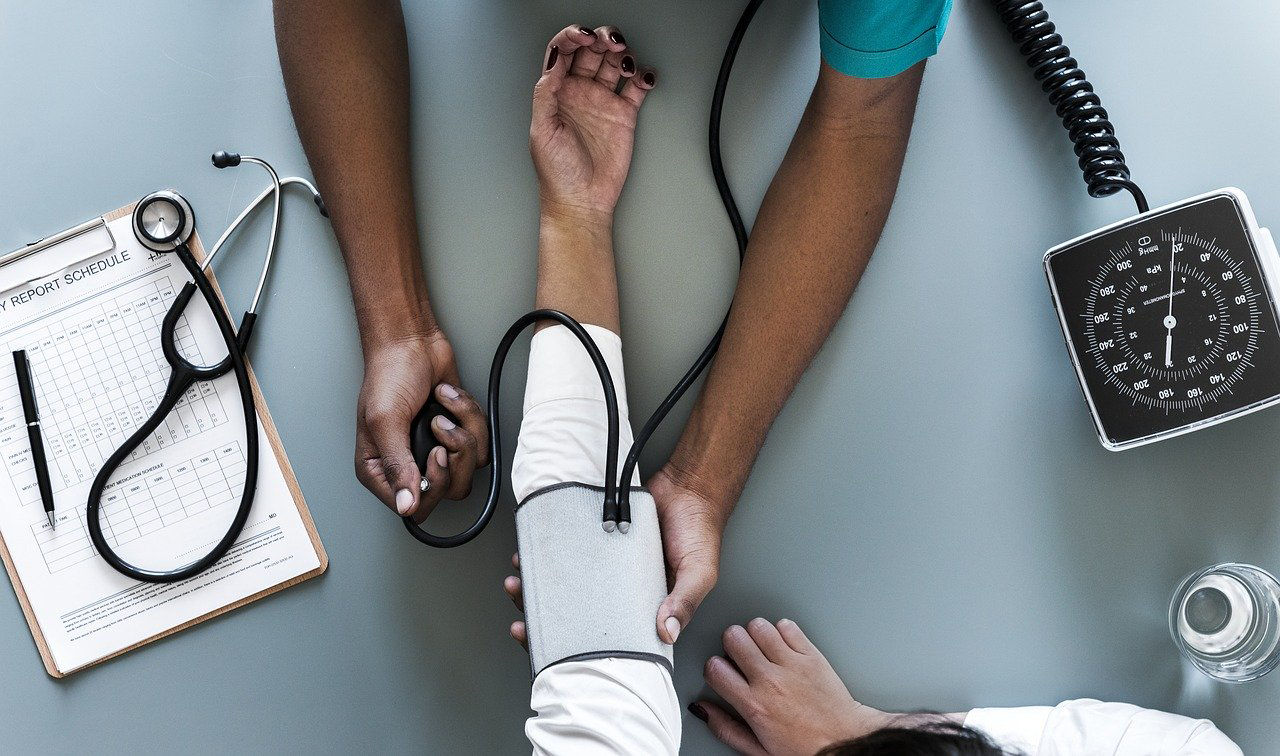
Wraparound healthcare services are exactly what they sound like—they encompass medical and non-medical services and resources that wrap around a person or family to best support their individual needs and improve their well-being in multiple areas of their life.
Wraparound healthcare programs are based on the idea of treating the whole person. There are many complex determinants of health and someone’s ability to seek or follow through with treatment, particularly for vulnerable populations. This can include financial, emotional, logistical, and other concerns. Wraparound services also account for the impact someone’s illness has on his or her mental health, family, or other chronic conditions.
For example, if your doctor prescribes a specific medication, do you have the ability to get to the pharmacy, pay for the prescription, understand and take it as prescribed, and return for a follow-up appointment to determine if the medication is working? Wraparound care aims to alleviate obstacles in the diagnosis and treatment process—like eliminating a trip to the pharmacy by including one right in the clinic—and providing multiple service and medical providers in one location. Comprehensive care like this has been shown to reduce ER visits and hospital readmissions and improve health outcomes.
One organization providing these types of services in Indianapolis is the Indiana University Student Outreach Clinic (IUSOC). The clinic is a partnership between several educational institutions and community organizations and operates out of the Neighborhood Fellowship Church on East 10th Street in Indianapolis. The clinic provides primary care-based services free of charge. IU School of Medicine, University of Indianapolis, and IUPUI students and other partners provide this care under the supervision of physicians and licensed providers. This includes medical, pharmacy, physical and occupational therapy, dental, social work, and legal services.
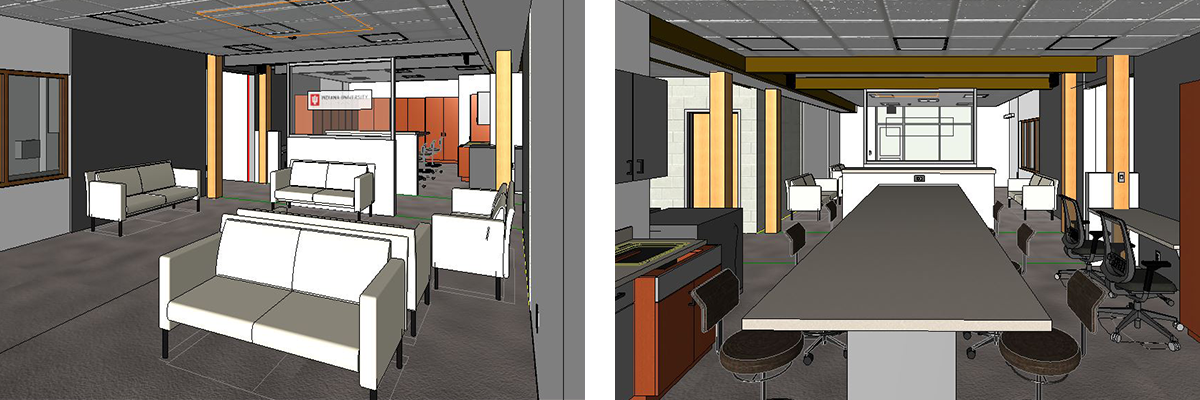
Plan for Reception Area & Nurses’ Station at IUSOC
We worked with IUSOC to design a new space to better serve patients. Three primary principles guided our process:
1. Understand What Drives the Mission
Designing spaces that provide wraparound services is a unique challenge. Before you dive into the details of design, you must first understand the organization’s mission and vision. Why do they do this work?
The IUSOC, for example, “strives to close the healthcare gap in the community by coordinating a medical presence to address a wide variety of conditions.” Its focus is the uninsured and underserved, who historically are less likely to seek medical care for a host of reasons, including previous negative experiences with the healthcare system.
This mission drives how the clinic’s volunteers serve patients and the values the clinic space should embody. The team makes a concerted effort to create a welcoming environment where those who are nervous or skeptical to see a doctor feel comfortable. They also have an increased focus on education, helping patients understand their conditions, treatments, and how to navigate the healthcare system. This serves to empower patients to better manage their health.
2. Design for Full-Service Care
The idea of wraparound healthcare is to provide, essentially, a one-stop-shop for patients, making it more convenient and efficient for them to receive the different types of care they need.
To achieve this for IUSOC, we designed what we call “full-service” exam rooms. These rooms are large enough to accommodate a variety of medical equipment so that patients can get everything from an eye exam to a gynecological exam all in one place. If a patient comes in for one problem, and the practitioner finds another problem at the same time, this allows both to be addressed without the hassle of making a separate appointment or moving to a different wing of the clinic.
We were also cognizant of tangential services patients may require achieving positive health outcomes, such as meeting with a social worker or getting legal support. These services are co-located in the clinic, allowing patients to address root causes and make long-term healthy lifestyle changes.
3. Focus on Access
Having a streamlined, efficient, full-service facility is fantastic. But if that facility isn’t easy to get to or isn’t welcoming to its patrons, it won’t be successful.
For IUSOC, we recommended a new space in Clifford Corners, a mixed-use building containing affordable house and retail we completed for another client, across the street from the church where it currently resides.
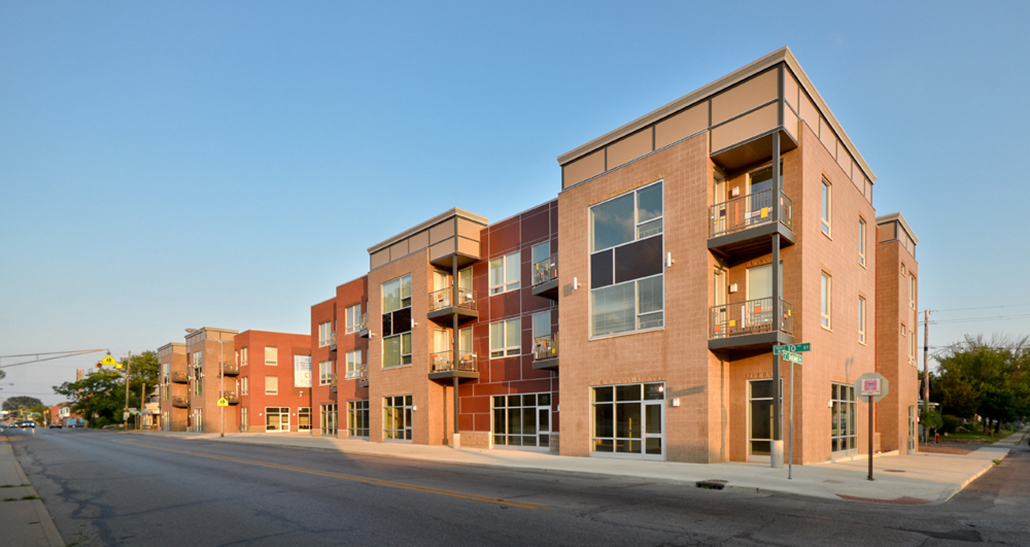
Clifford Corners
This location was a natural and convenient choice. It is right next to the existing clinic and in a neighborhood where many patients live. In addition, 10th Street is a major thoroughfare to and from downtown Indianapolis, with direct access to public transportation routes.
Overall, the space promises enhanced outcomes for the community—growing the foundational education of our young providers, creating community, and helping to build and maintain individuals and families—regardless of ability to pay.
The IUSOC is currently seeking funding to secure its new space and enhance its ability to care for patients. Learn how you can support this mission.






